Moley Robotics’ moniker is derived from the name of its founder and CEO, Mark Oleynik. Qualifying as a computer science engineer at the St. Petersburg Nuclear Physics Institute, Russia, Oleynik also holds a Master’s degree from the St. Petersburg State University of Aerospace and Instrumentation, a PhD in economics and a Masters from Harvard Business School. He is, needless to say, a very smart guy. And he has big plans for how robotics can make our lives easier.
Currently that has manifested itself through Moley’s development of the “world’s first robotic kitchen”, a sophisticated, robotic chef whose automated ‘hands’ can cook over 5,000 recipes, plate up dishes and even clean up after itself. Those robotic hands, guided by optical cameras and sensors and operated from an overhead track, can dextrously manipulate Moley’s bespoke pans and utensils, while smoothly operating a touch-based induction cooktop. Moley is currently for high-end residential usage (and not cheap – a base Moley kitchen unit with robotic arms retails at US$335,000). But Oleynik, ever the visionary and future gazer, is planning its next phase and deployment into commercial kitchens. It’s a move that could fundamentally change how restaurants operate in years to come.
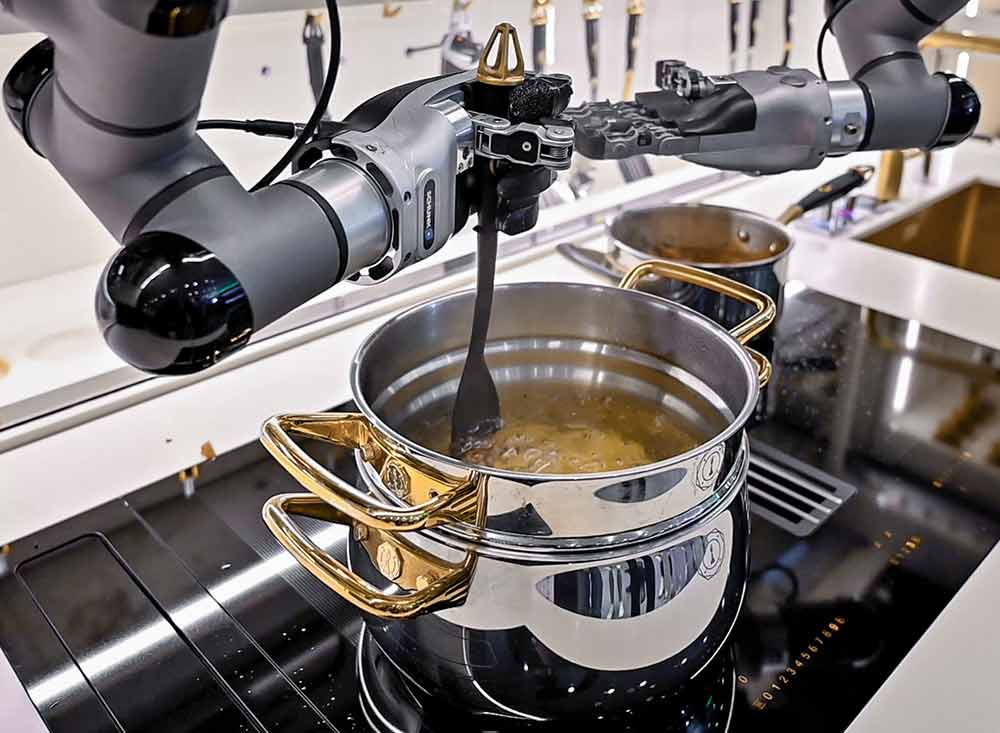
Cooking robot in action / Image: Black Edge Productions
Tell us how you came to invent the “world’s first robotic kitchen”?
After university I had worked in healthcare in – in clinical trials and bone marrow transplants – in Africa and Russia for many years before switching again to computer science. Then, I invented the first robotic kitchen application for Moley, which we started building from 2014. Generally, we build a first proof of principle prototype pretty quickly just to prove the principles exists and that it’s possible to implement. We showcased this proof of concept at a couple of exhibitions in 2015. Since then, we raised money and started developing the first product, which was launched at the GITEX exhibition in Dubai in December 2020.
Why did you see potential for robotics in the domestic kitchen market?
When you start analyzing any kind of physical application for physical world optimization, you see there are not a lot [of robots] currently available. And the reason why is because the hardware development is much more difficult to do than any kind of software development. New concepts in hardware are really rare, because they need to have a lot of resources, accumulate risk and there are issues with reliability. You can never guarantee that what you [invent] is actually possible to build in the physical world. That’s why only big corporations usually build complicated machines.
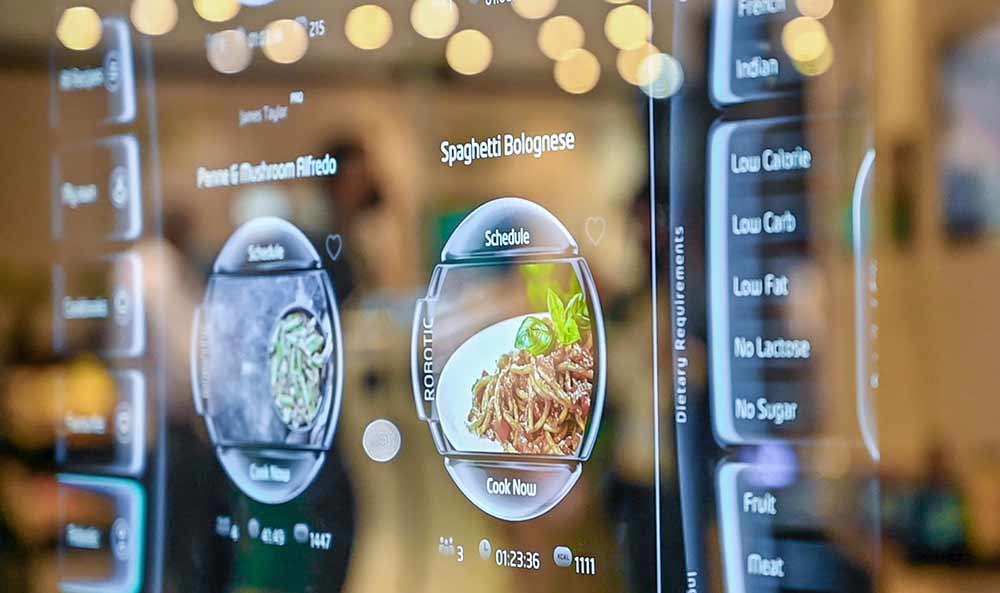
Digitalized kitchen / Image: Black Edge Productions
What drove you to focus on kitchens?
People are looking for support – it’s based on customer demand. But, if you have a standalone robot such as an ‘android’ type robot with legs, which can move across your flat, [there is a problem with] dynamic stability and safety, because the robot is so heavy. It’s a difficult task to make it safe. As you add different motors, they use so much energy too, while if you want a lot of degrees of freedom, you probably need to power these robots by cables or they need frequent recharging. Finally, there is the functionality: most robots cannot perform any actual functional operation. And that’s why when I invented the kitchen, I solved all these fundamental problems by integrating the robot inside the kitchen structure. That solved the questions about dynamic stability, electrical power and safety. From a functional point of view, the kitchen is an ideal application.
How does the automation work?
We made an architecture where the machine can follow instructions from a real chef. A cooking process is a sequence of functional operations, such as the right time, plus different additional parameters such as ingredients and weight. Moley’s articulating hands can recreate the movements of professional chefs. Robots have been used for a long time for industrial applications when there is usually quite a standardized repetitive motion, without any adaptation. In our structure, the robotic arms go along a rail in order to access all functionals part of the environment in different positions. We record data about cooking produce temperature curves and sequences of the operation – the robot is doing absolutely the same operation as a human.
How does the robot compare to a human?
Of course, compared with robotic arms and hands, humans have much more dexterity. We train our hands for a long period of time, from when we are born. We built the first robot to be pretty simple, with perhaps 20+ degrees of freedom because we needed to have a reliable solution, but this product is now really complex. When you build something every time you need to compromise between functionality and complexity. Because the more complex a device is that you build, the more problems you raise when you start making at fully reliable piece of technology – because it should work, ideally, for millions of cycles, but at least thousands of cycles, without damage.
Could this technology be used in a commercial kitchen?
The platform we have built is actually multifunctional – it’s not only use for residential kitchens, it can be used for any kitchen in the world. It can make soups for restaurants, French fries, Kentucky-style chicken or teppanyaki using big woks. It’s multifunctional cooking for the future. We are now working on one or two different models and for a commercial application, we are simplifying it a lot. We can supply kitchens with different degrees of freedom. For example, the kitchen we presented at GITEX was really complex, with a lot of degrees of freedom. That’s why the price of these devices is pretty high. But if somebody didn’t need that freedom, because they required the machine for a specific operation to, say, replace one or two sous chefs, that’s also possible. We made our software and hardware perfectly modular, so we can change it for different applications and specifications. That’s why I think our kitchen is also pretty much unique, because what we build is really transformable for the customer’s needs.
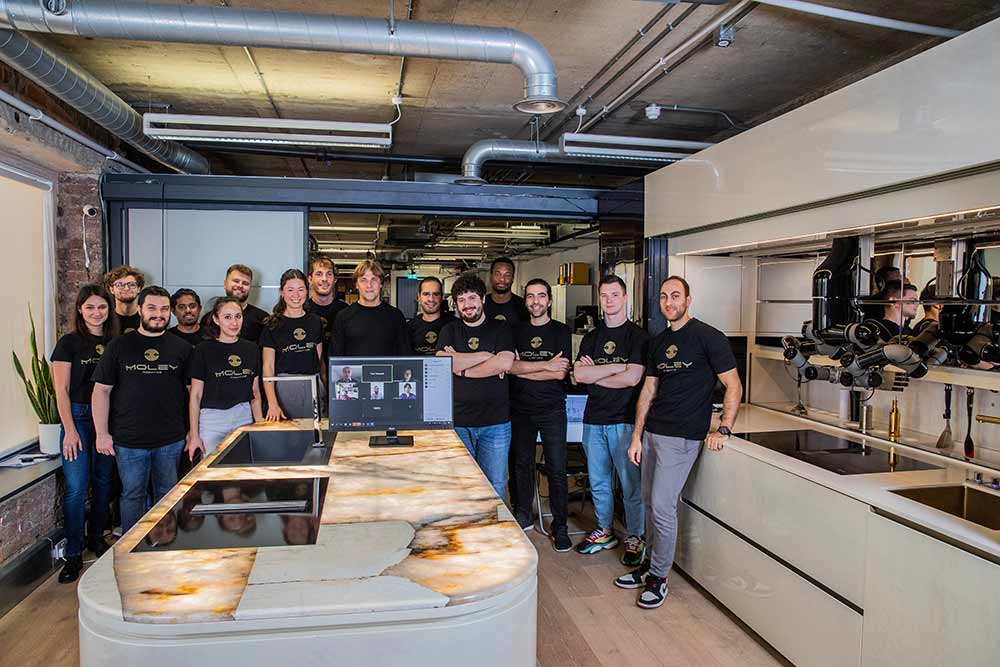
The Moley Robotic Kitchen Team / Image: Black Edge Productions
What does success look like for Moley?
We are trying to diversify the product portfolio and hit different sectors. But our main strategy is to finally change home entertainment and home cooking options. In my opinion, everybody wants to have machine that can potentially deliver over 5,000 recipes by clicking a button. Even for professional chefs this number is unreachable. So, the residential machine will be our main strategy for a long period of time, but in commercial, we are more flexible. We are we are talking now with number of hotel chains and a couple of big commercial restaurant chains who are looking to introduce our machine into the existing restaurant environment for a particular number of special cooking operations or different requirements. This is our mainstream.
What are your views on the future of automation in hospitality?
The first area I think of is hotels. We have 24-hour room service and it’s a nightmare to try and find a chef who can work during the night and nobody really wants to work during July. That’s why this machine could be ideal for the night service menu. Also, [kitchens for] senior living, hospitals and clinics need well balanced, freshly cooked food but they can be not so nice to work in. That’s why, in my opinion, this shifts the purpose of automation a little bit. It’s not only because we need to replace labor or optimize some costs. Humans are very unique, because they can do very unusual. creative things. The problem is the opposite side of this – we don’t really like to do boring, repetitive or precise operations. That’s where robots can help.


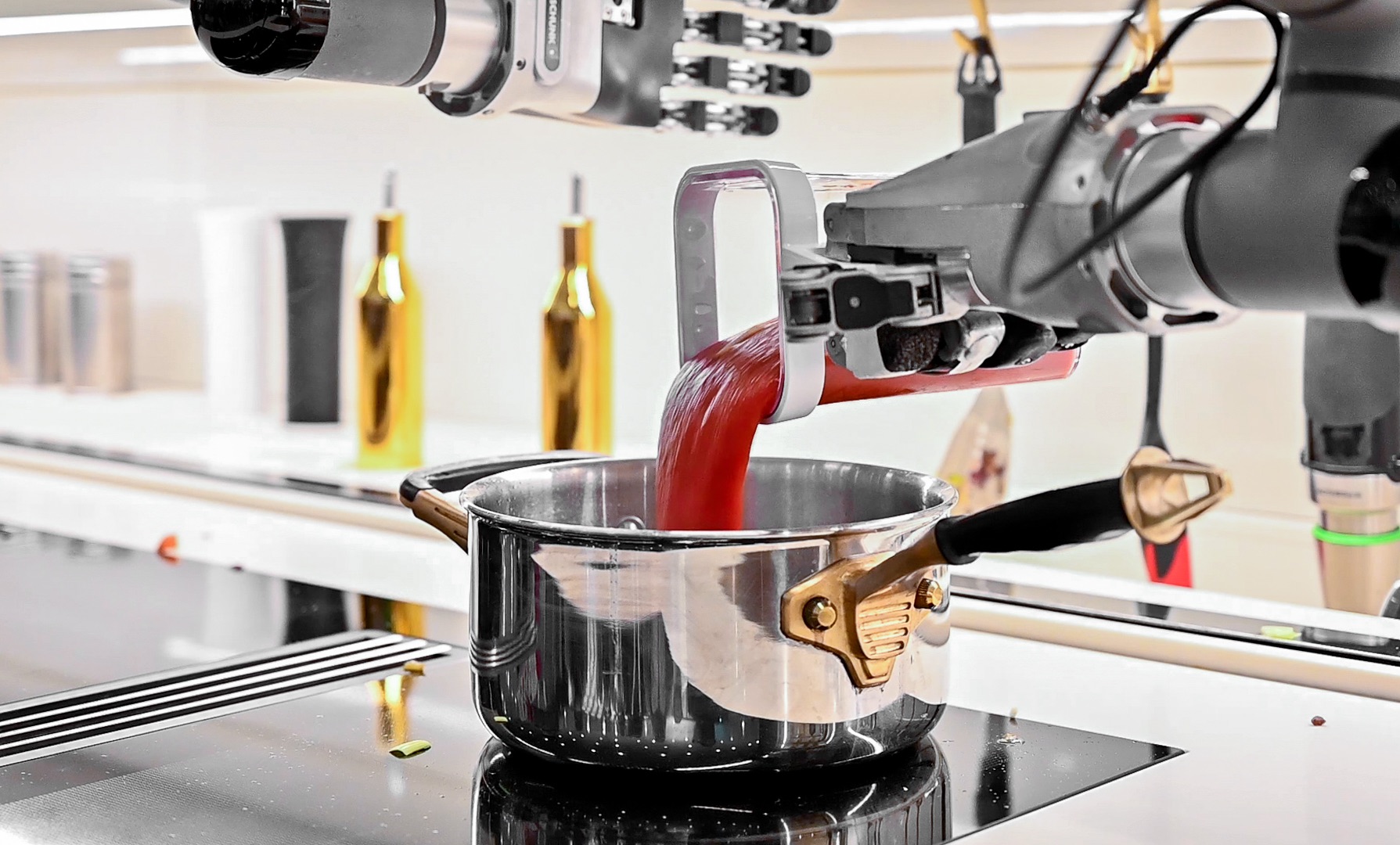






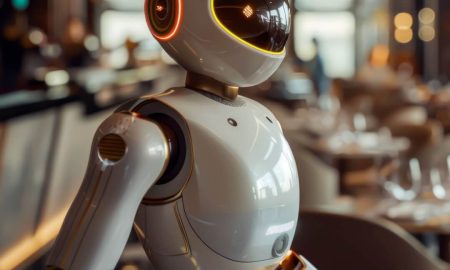
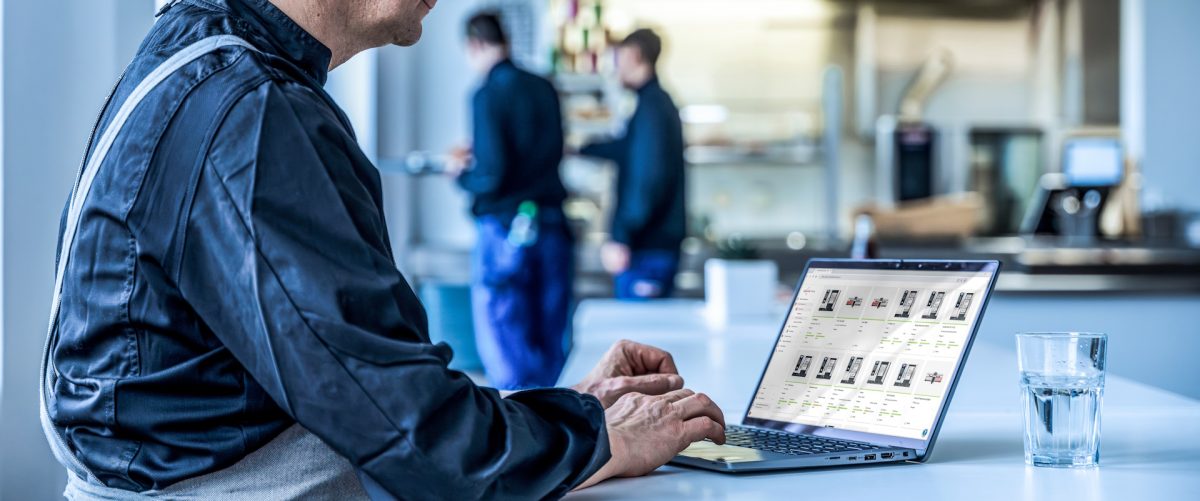
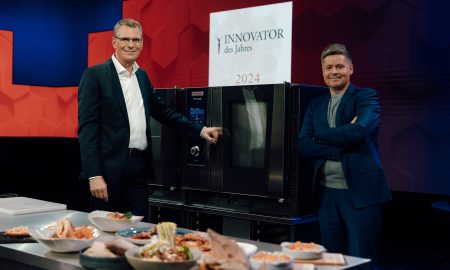
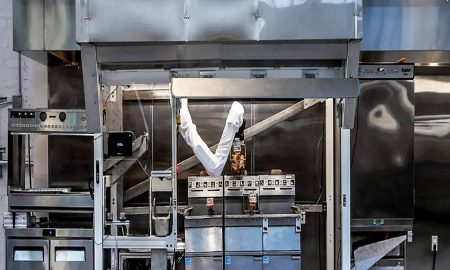
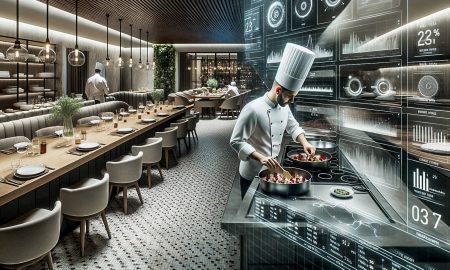

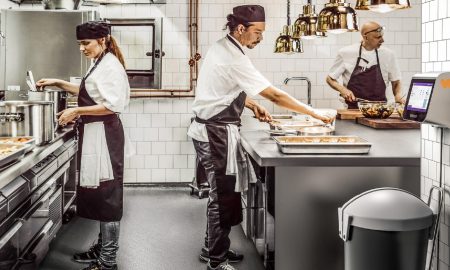
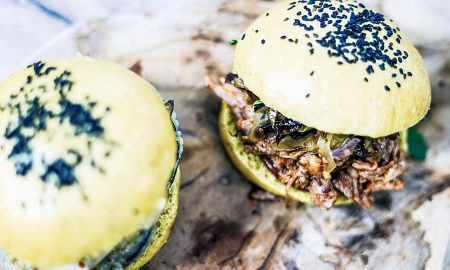
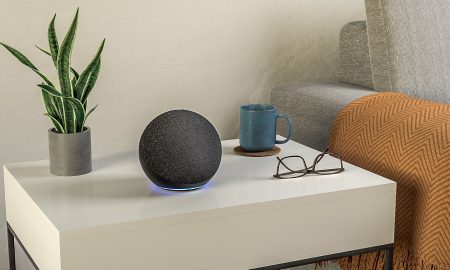
Pingback: Disabilities are no disability - enjoy barrier-free | KTCHNrebel
Pingback: The workroom of the future - digitization in the gastronomy | KTCHNrebel
Pingback: Service robots – the future of gastronomy? | KTCHNrebel